Brainstorming Session
Let’s start by breaking down our goals, brainstorming ideas, and putting them on paper to explore potential directions. This will help activate our creative process! We’ll begin by revisiting the initial requirements from the last post, diving deeper into each, and then considering how these can be transformed into something tangible.
Core Requirements:
1. Multi-Level Accessibility: Engage Learners from Ages 12 to 99
The goal is to make the kit accessible to everyone while focusing primarily on college engineering students. Anyone can experiment and learn with it, but it is especially beneficial for students pursuing engineering.
To measure this, we will use the Net Promoter Score (NPS) and the Customer Satisfaction Score (CSAT), aiming for a score of at least 8 out of 10 in both metrics for the first iteration.
2. Easy to Start: Plug-and-Play System
This requirement is straightforward—the system must be user-friendly, even for young learners.
A key requirement is that it must function seamlessly with only an Arduino IDE installation. To ensure usability, a new user should be able to make an LED blink in less than 15 minutes.
3. Diverse Learning Modules
We want users, regardless of experience, to learn as much as possible and explore a wide range of topics. To facilitate this, we plan to incorporate a "Choose Your Own Story" approach, designing modules tailored to different learning paths.
We are still determining how to formalize this into a requirement, but there is much more to refine before reaching that stage.
4. Flight-like Experience
The goal is to ensure that the hardware complies with the CubeSat standard, providing an experience that feels as authentic as possible.
5. Customizability
To encourage creativity and adaptability, the requirement is to make everything open-source, allowing anyone to modify its functionality to fit individual or educational needs.
Brainstorming Learning Modules:
To develop an effective On-Board Computer (OBC), we must define engaging learning modules. Here are some potential story-driven lessons:
Software Engineer Challenge:
Scenario: You’re a software engineer in charge of the software for a communications satellite.
Task: Your first task is to code the program for the satellite to communicate with Earth!
Unexpected Event: A solar storm has created errors in the memory (single-event upset).
Next Step: Your challenge is to create a failure-proof version of the software.
Electronics Engineer Challenge:
Scenario: You’re the main electronics engineer for a new CubeSat company. They need you to solder the main accelerometer sensor.
Task: Put your hands to work and solder the accelerometer that came with the kit!
Next Step: Design the software to test it.
Mission Control Challenge:
Scenario: You’re leading mission control for a CubeSat startup.
Task: You need to design the telemetry interface and put it to the test.
Unexpected Event: Due to hardware degradation, power consumption occasionally spikes.
Next Step: Design and implement a battery life estimator and define a strategy to reduce power consumption.
There are a lot of other ideas, and even more if we bring other modules into account. But let’s start with the block diagram of an on-board computer that can handle these learning plans.
Block Diagram for the On-Board Computer (OBC):
To support these learning experiences, we propose the following architecture:
Dual Microprocessor System:
Main Processor: User-programmable microcontroller to execute mission tasks.
Radiation Effects Simulator: A secondary processor that simulates radiation-induced errors and power anomalies.
Shared External RAM
Accessible by both processors, allowing the simulation of memory corruption.
Adjustable Load Module
Used to simulate variations in power consumption.
Peripheral Devices
Communication Module: Simulates real-time telemetry data exchange.
Accelerometer: Allows students to measure and analyze CubeSat motion.
Power Measurement Bank: Provides power monitoring with selective power domain shutoff.
SD Card: Enables data logging and mission analysis.
PC104 Interface [PC104 explanation]
Expandability to integrate future modules and sensors.
On-Board Computer Block Diagram
Next Steps
While this block diagram provides a solid starting point, there are still many elements to refine, particularly in the educational content. In future iterations, we need to:
Define how lessons will be structured and presented.
Ensure a balance between learning depth and hands-on engagement.
Optimize the hardware design to maximize versatility and learning potential.
I would love to hear your feedback and see you again in the next post!

